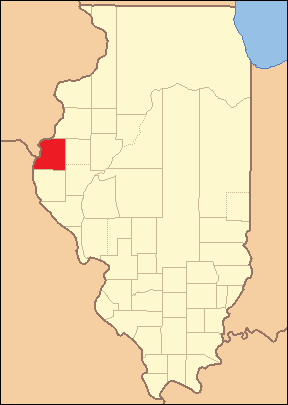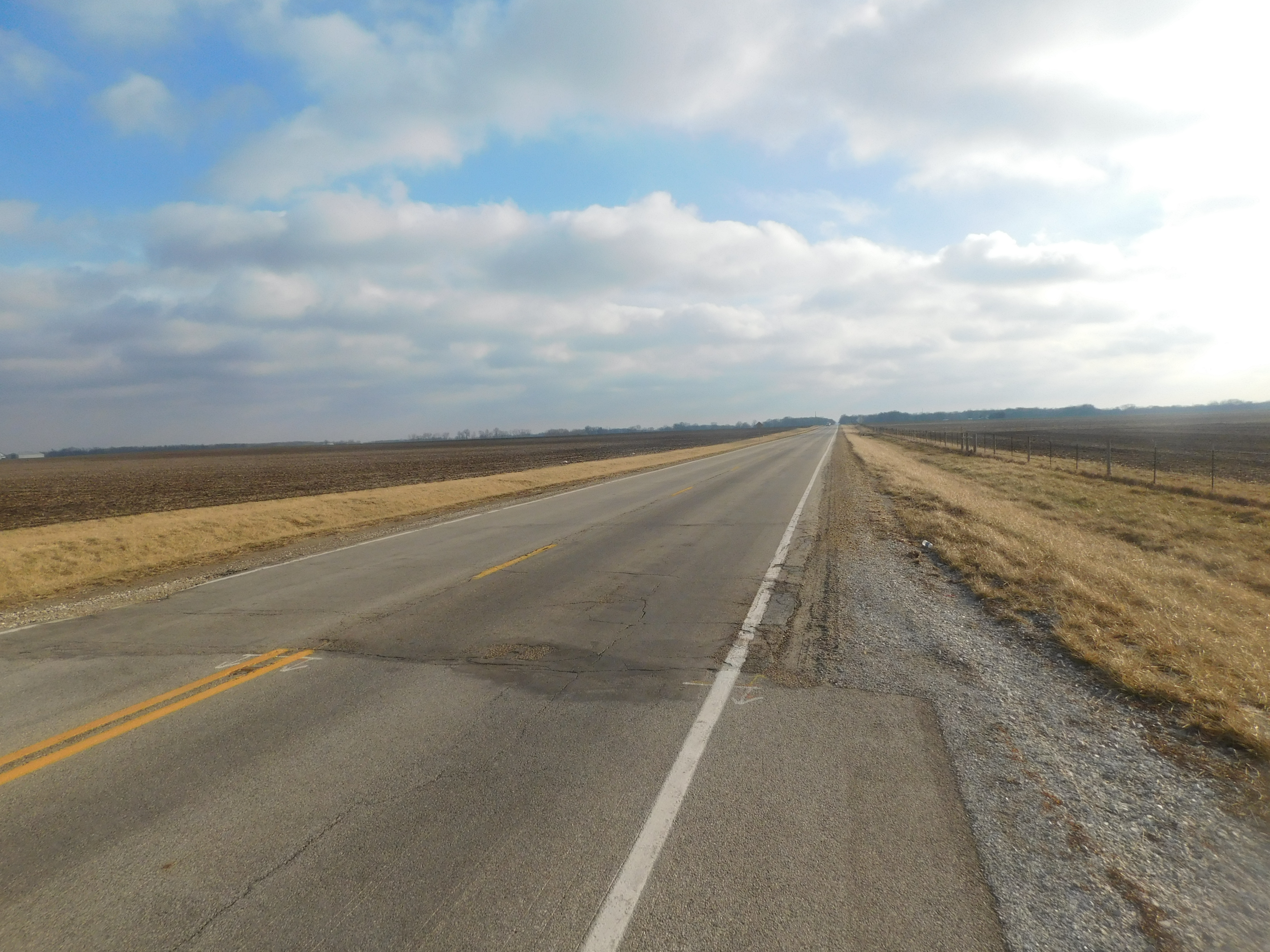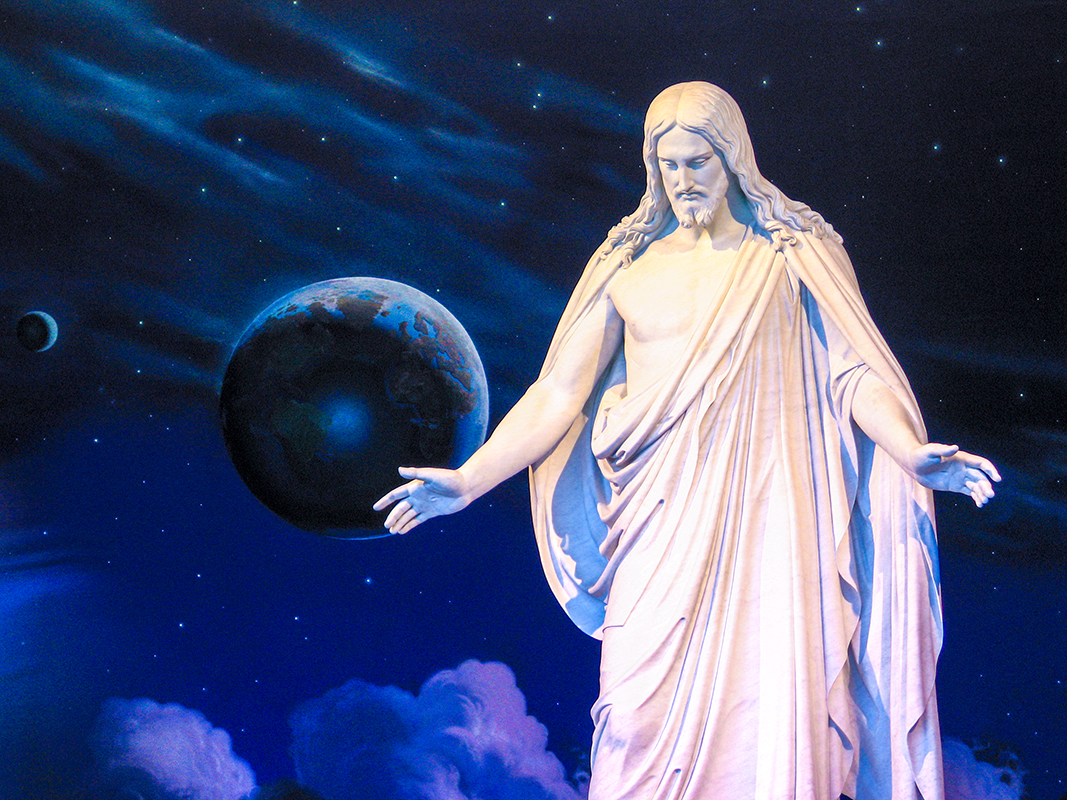|
Hancock County, Illinois
Hancock County is a County (United States), county in the U.S. state of Illinois. According to the 2020 United States census, 2020 census, it has a population of 17,620. Its county seat is Carthage, Illinois, Carthage, and its largest city is Hamilton, Illinois, Hamilton. The county is composed of rural towns with many farmers. Hancock County is part of the Fort Madison, Iowa, Fort Madison-Keokuk, Iowa, Keokuk, Iowa, IA-IL-Missouri, MO Fort Madison–Keokuk, IA-IL-MO Micropolitan Statistical Area, Micropolitan Statistical Area. History Hancock County was part of the Military Tract of 1812, "Military Tract" set aside by Congress to reward veterans of the War of 1812. Actual settlement of the interior of the county was delayed by concerns about hostile American Indians. After their defeat in the Blackhawk War in 1832, settlement proceeded quickly. Hancock County was formed, on January 13, 1825, out of Pike County, Illinois, Pike County. It was named in honor of John Hancock, w ... [...More Info...] [...Related Items...] OR: [Wikipedia] [Google] [Baidu] |
John Hancock
John Hancock ( – October 8, 1793) was an American Founding Fathers of the United States, Founding Father, merchant, statesman, and prominent Patriot (American Revolution), Patriot of the American Revolution. He was the longest-serving President of the Continental Congress, president of the Continental Congress, having served as the second president of the Second Continental Congress and the seventh president of the Congress of the Confederation. He was the first and third governor of the Commonwealth of Massachusetts. His large and stylish Signing of the United States Declaration of Independence, signature on the United States Declaration of Independence led to or becoming a colloquialism for a person's signature. He also signed the Articles of Confederation, and used his influence to ensure that Massachusetts ratified the United States Constitution in 1788. Before the American Revolution, Hancock was one of the wealthiest men in the Thirteen Colonies, having inherited a p ... [...More Info...] [...Related Items...] OR: [Wikipedia] [Google] [Baidu] |
Pike County, Illinois
Pike County is a county in the U.S. state of Illinois. It is located between the Mississippi River and the Illinois River in western Illinois. According to the 2020 United States census, it had a population of 14,739. Its county seat is Pittsfield. History Pike County was formed in January 1821 out of Edwards and Madison Counties. It was named in honor of Zebulon Pike, leader of the Pike Expedition in 1806 to map out the south and west portions of the Louisiana Purchase. Pike served at the Battle of Tippecanoe, and was killed in 1813 in the War of 1812. Prior to the coming of the first European settler to the future Pike County, French traders, hunters, and travelers passed through the native forests and prairies. Originally Pike County began on the south junction of the Illinois and Mississippi rivers. The east boundary was the Illinois River north to the Kankakee River to the Indiana State line on north to Wisconsin territorial line and then west to the Mississippi Rive ... [...More Info...] [...Related Items...] OR: [Wikipedia] [Google] [Baidu] |
Illinois 61
Illinois Route 61 (IL 61) is a rural state road in western Illinois that runs north and east from Illinois Route 96 in Ursa, Illinois, Ursa to the intersection of U.S. Route 136 west of Tennessee, Illinois, Tennessee. Illinois route 61 is long. Route description Illinois 61 starts in Ursa, Illinois, Ursa at the intersection of County Route 6, Illinois Route 96 (IL 96), and itself. After a short Concurrency (road), concurrency with IL 96, it travels northeast through farmland, passing Mendon, Illinois, Mendon. Shortly afterwards, it runs concurrently with the partially Grade separation, grade-separated Illinois Route 336 (IL 336) northwards. It splits off and east just south of Loraine, Illinois, Loraine, and travels north concurrent with Illinois Route 94 (IL 94), splitting off to the east afterwards in Bowen, Illinois, Bowen. It intersects Illinois Route 101 (IL 101) and heads north once again. Its northern terminus is at U.S. Route 136, U.S ... [...More Info...] [...Related Items...] OR: [Wikipedia] [Google] [Baidu] |
Illinois Route 9
Illinois Route 9 (IL 9) is a cross-state, east–west rural state highway in the central part of the U.S. state of Illinois. It travels from Niota at the Fort Madison Toll Bridge, that crosses the Mississippi River into Iowa, eastward across central Illinois to State Road 26 (SR 26) at the Indiana state line. Route description IL 9 is a major arterial route in rural central Illinois. It is a parallel highway to IL 116 to the north and U.S. Route 136 (US 136) to its south. It is a two-lane highway for most of its length. Illinois Route 9 runs eastward from the Mississippi River at the Fort Madison Toll Bridge to the Indiana state line near Cheneyville at SR 26 and SR 352. It crosses the Illinois River on the John T. McNaughton Bridge at Pekin, where it becomes known as Court Street in the city. It has an interchange with I-155 at Tremont; I-55/I-74 at Bloomington; and Interstate 57 (I-57) at Paxton. History IL 9 was established in 1918 as one of the original 46 ... [...More Info...] [...Related Items...] OR: [Wikipedia] [Google] [Baidu] |
Illinois 9
Illinois Route 9 (IL 9) is a cross-state, east–west rural State highway (US), state highway in the Central Illinois, central part of the U.S. state of Illinois. It travels from Niota, Illinois, Niota at the Fort Madison Toll Bridge, that crosses the Mississippi River into Iowa, eastward across central Illinois to Indiana State Road 26, State Road 26 (SR 26) at the Indiana state line. Route description IL 9 is a major arterial route in rural area, rural central Illinois. It is a parallel highway to Illinois Route 116, IL 116 to the north and U.S. Route 136 in Illinois, U.S. Route 136 (US 136) to its south. It is a two-lane highway for most of its length. Illinois Route 9 runs eastward from the Mississippi River at the Fort Madison Toll Bridge to the Indiana state line near Cheneyville, Illinois, Cheneyville at SR 26 and Indiana State Road 352, SR 352. It crosses the Illinois River on the John T. McNaughton Bridge at Pekin, Illinois, Pekin, where it becomes known as Court Str ... [...More Info...] [...Related Items...] OR: [Wikipedia] [Google] [Baidu] |
US 136
U.S. Route 136 is an east-west U.S. highway that is a spur route of U.S. Route 36. It runs from Edison, Nebraska, at US 6 and US 34 to the I-74/ I-465 interchange in Speedway, Indiana. This is a distance of . Due to the removal of almost every numbered route in Indianapolis, US 136 never meets its parent, US 36; however, it does come within two miles of it at its interchange with I-465/I-74 at its eastern terminus. Route description Nebraska U.S. 136 closely parallels Nebraska's southern border from its western terminus near Edison to the Missouri River. It passes through Beatrice and exits the state at Brownville via the Brownville Bridge. It is designated the Heritage Highway throughout Nebraska. Missouri US 136 enters Missouri on the west just east of Brownville, Nebraska, over the Missouri River. It leaves the state at Alexandria on the east, running concurrently with US 61. During its journey, it enters every county seat in the nine count ... [...More Info...] [...Related Items...] OR: [Wikipedia] [Google] [Baidu] |
Abraham Lincoln
Abraham Lincoln (February 12, 1809 – April 15, 1865) was the 16th president of the United States, serving from 1861 until Assassination of Abraham Lincoln, his assassination in 1865. He led the United States through the American Civil War, defeating the Confederate States of America and playing a major role in the End of slavery in the United States, abolition of slavery. Lincoln was born into poverty in Kentucky and raised on the American frontier, frontier. He was self-educated and became a lawyer, Illinois state Illinois House of Representatives, legislator, and U.S. representative. Angered by the Kansas–Nebraska Act of 1854, which opened the territories to slavery, he became a leader of the new History of the Republican Party (United States), Republican Party. He reached a national audience in the Lincoln–Douglas debates, 1858 Senate campaign debates against Stephen A. Douglas. Lincoln won the 1860 United States presidential election, 1860 presidential election, wh ... [...More Info...] [...Related Items...] OR: [Wikipedia] [Google] [Baidu] |
Stephen A
Stephen Anthony Smith (born October 14, 1967), also known as Stephen A., is an American actor, sports television personality, sports radio host, and sports journalist. He makes frequent appearances as an National Basketball Association, NBA analyst for ESPN on ''SportsCenter'', ''NBA Countdown'', and the network's NBA broadcasts. He has also hosted ''The Stephen A. Smith Show'' on ESPN Radio and is a commentator on ESPN's First Take (talk show), ''First Take'', where he appears with Molly Qerim. Smith is a featured columnist for ESPN and ''The Philadelphia Inquirer''. Early life and education Stephen Anthony Smith was born in the Bronx, a borough of New York City. He was raised in the Hollis, Queens, Hollis section of Queens. Smith is the youngest of six children. He has four older sisters and had an older brother, Basil, who died in a car accident in 1992. He also has a half-brother on his father's side. Smith's parents were originally from Saint Thomas, U.S. Virgin Islands. Hi ... [...More Info...] [...Related Items...] OR: [Wikipedia] [Google] [Baidu] |
Mormons
Mormons are a Religious denomination, religious and ethnocultural group, cultural group related to Mormonism, the principal branch of the Latter Day Saint movement started by Joseph Smith in upstate New York during the 1820s. After Smith's death in 1844, the movement split into several groups following different leaders; the majority followed Brigham Young, while smaller groups followed Joseph Smith III, Sidney Rigdon, and James Strang. Most of these smaller groups eventually merged into the Community of Christ, and the term ''Mormon'' typically refers to The Church of Jesus Christ of Latter-day Saints membership statistics, members of the Church of Jesus Christ of Latter-day Saints (LDS Church), as today, this branch is far larger than all the others combined. People who identify as Mormons may also be independently religious, secular, and non-practicing or belong to List of denominations in the Latter Day Saint movement, other denominations. Since 2018, the LDS Church has ex ... [...More Info...] [...Related Items...] OR: [Wikipedia] [Google] [Baidu] |
Death Of Joseph Smith
Joseph Smith, the founder and leader of the Latter Day Saint movement, and his brother, Hyrum Smith, were killed by a mob in Carthage, Illinois, United States, on June 27, 1844, while awaiting trial in the town jail on charges of treason. The '' Nauvoo Expositor'' newspaper was newly established by anti-polygamist ex-Mormons who had recently been excommunicated from the Church of Jesus Christ of Latter Day Saints. The newspaper's first (and only) issue criticized Smith and other church leaders, correctly reporting that Smith was practicing polygamy, marrying the wives of other men, teaching a " plurality of Gods", and alleging that he intended to set himself up as a theocratic king. After a vote of the Nauvoo City Council, mayor Joseph Smith ordered the ''Expositor''s press destroyed. [...More Info...] [...Related Items...] OR: [Wikipedia] [Google] [Baidu] |
Joseph Smith
Joseph Smith Jr. (December 23, 1805June 27, 1844) was an American religious and political leader and the founder of Mormonism and the Latter Day Saint movement. Publishing the Book of Mormon at the age of 24, Smith attracted tens of thousands of followers by the time of his death fourteen years later. The religious movement he founded is followed by millions of global adherents and several churches, the largest of which is the Church of Jesus Christ of Latter-day Saints (LDS Church). Born in Sharon, Vermont, Smith moved with his family to Western New York, following Year Without a Summer, a series of crop failures in 1816. Living in an area of intense religious revivalism during the Second Great Awakening, Smith reported experiencing a series of visions. The First Vision, first of these was in 1820, when he saw "two personages" (whom he eventually described as God the Father and Jesus Christ). In 1823, he said he was visited by Angel Moroni, an angel who directed him to a ... [...More Info...] [...Related Items...] OR: [Wikipedia] [Google] [Baidu] |
Latter Day Saint Movement
The Latter Day Saint movement (also called the LDS movement, LDS restorationist movement, or Smith–Rigdon movement) is the collection of independent church groups that trace their origins to a Christian Restorationist movement founded by Joseph Smith in the late 1820s. Collectively, these churches have over 17 million nominal members, including over 17 million belonging to the Church of Jesus Christ of Latter-day Saints (LDS Church), 250,000 in Community of Christ, and several other denominations with memberships generally ranging in the thousands of members. The predominant theology of the churches in the movement is Mormonism, which sees itself as restoring again on Earth the Early Christianity, early Christian church; their members are most commonly known as Mormons. An additional doctrine of the church allows for prophets to receive and publish modern-day Revelation (Latter Day Saints), revelations. A minority of Latter Day Saint adherents, such as members of C ... [...More Info...] [...Related Items...] OR: [Wikipedia] [Google] [Baidu] |






